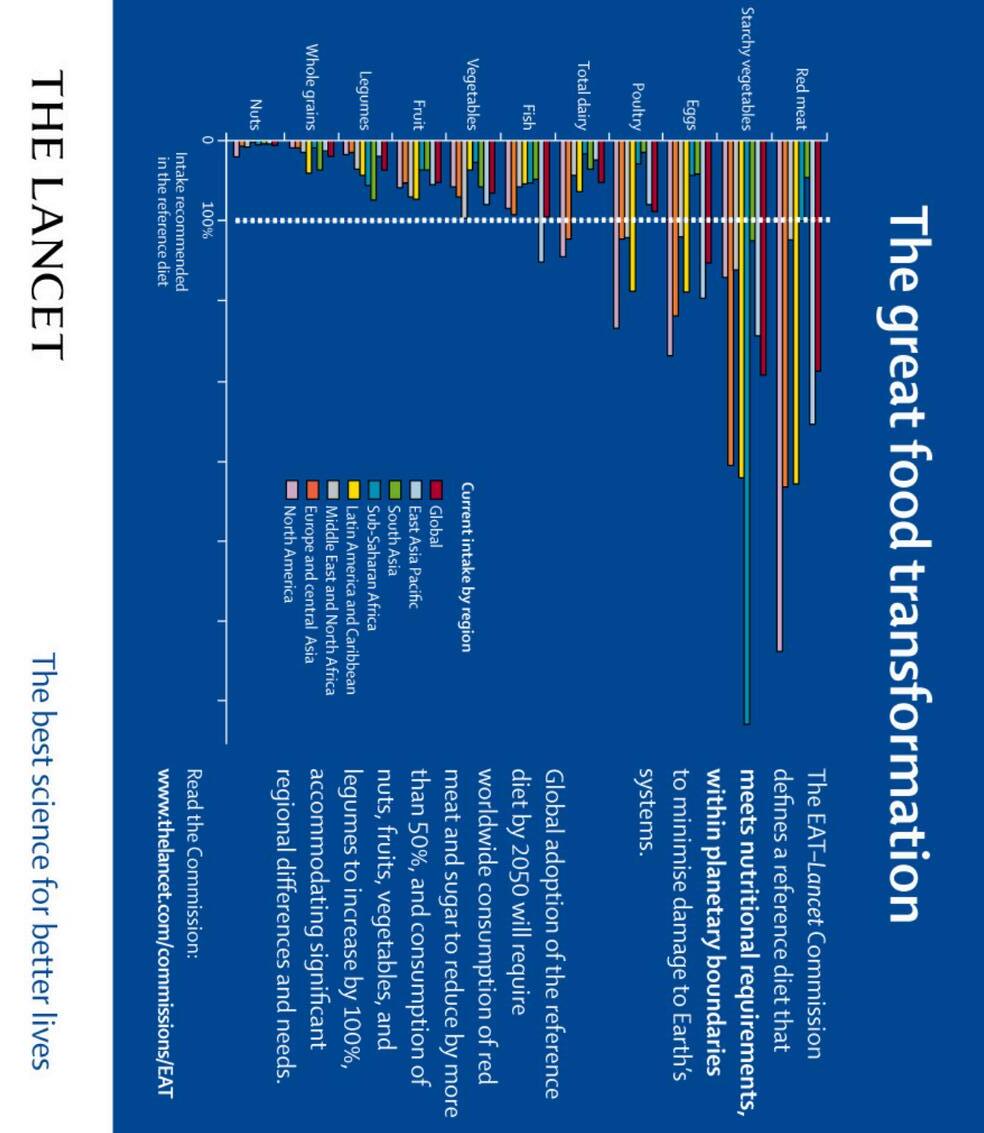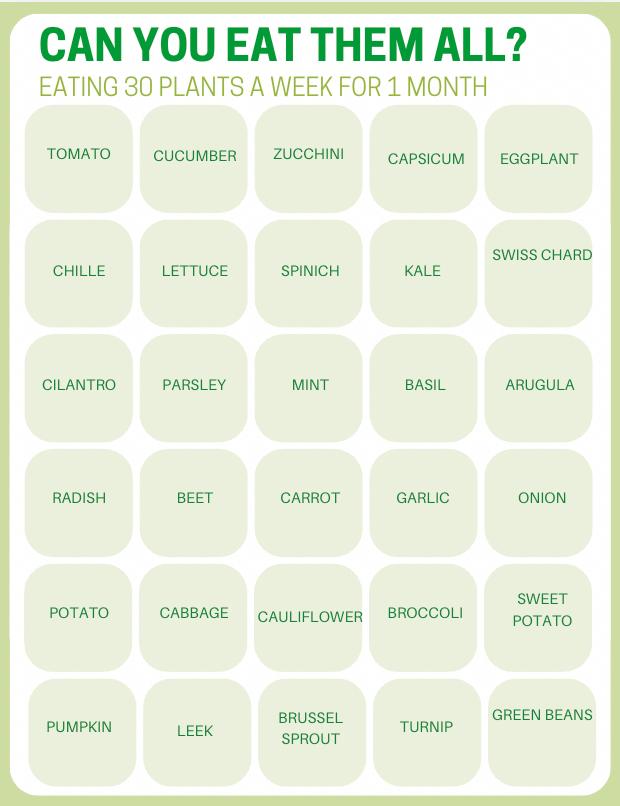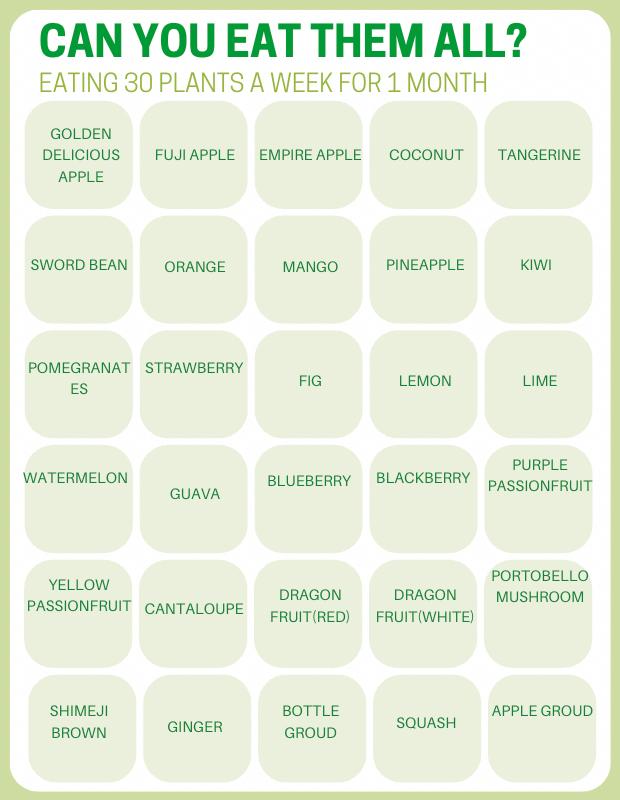


















Content Diretor
Haryssa Mansury
Editor-in-Chief
Shaza Khan
Managing Editor Mrs. Dhesi
Contributing Writers
Mrs. Dhesi, Seren Dhesi, Juliet
Price-Lyall, Zhu (Olivia)
Xiaoyan, Dara Dhesi, and Izabele Adomaityte
Teacher Facilitators
Mrs. Dhesi
The Alternative Diets Collaboration Project started with a group of 5th graders. They were passionate in helping to promote a healthier lifestyle and diet to other students of prep school. Our magazine was made to promote healthier diets and to encourage all to try out a different diet. So please, try the 30 X 30 plant challengeand tell us how it goes!
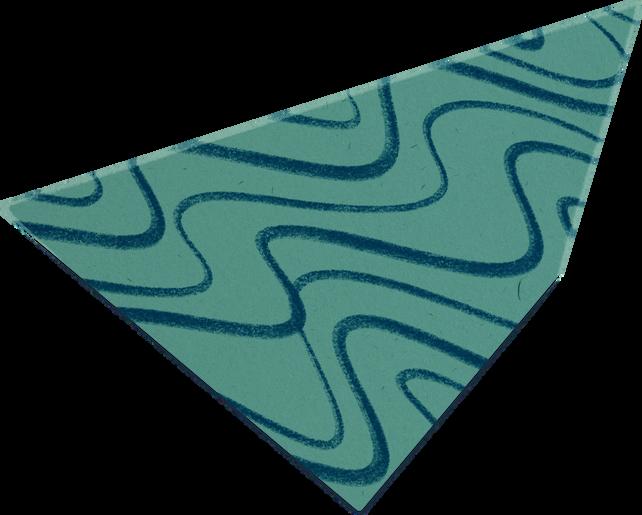
By Seren Dhesi and Izabele Adomaityte
Fast food is mass produced food with a priority on speed of service. It is a commercial term referring to food sold in restaurants, fast food outlets, or supermarkets. They are usually either preheated, precooked, or they contain frozen ingredients in them (processed food). They typically served inexpensively and, like its name suggests, quickly. Fast food is known to contain high concentrations of substances that are generally unhealthy for you, these include salt, saturated/trans fats, and sugar. However, it lacks a lot of beneficial nutrients, such as fibre, minerals and vitamins
Occasionally consuming fast foods isn’t normally a problem, however, consuming these foods at a frequent basis may put you at risk of developing health issues later in life. Health issues that may arise include obesity, type 2 diabetes, cardiovascular diseases and etc. Moreover, there are several healthier alternatives to fast food, such as Baked Veggie fries instead of French fries, or Homemade Smoothies instead of sugary Milkshakes.



The main difference between junk food and fast food is that junk food have a very low nutritional content, whereas fast foods are readily available and quick to prepare. Moreover, fast foods come at low prices in fast food outlets and supermarkets.
BY


“Aswith everything relatedto foodand exercise, it’sallvery personal.”


Over the years, we’ve learned the basics of nutrition, often hearing from our coaches and parents to get enough protein and eat our greens. But what meals are they actually recommending? In what order should we eat them? What makes a good pre- and postworkout meal? Well, that's exactly what we’re going to talk about today.
As with everything related to food and exercise, it’s all very personal. However, pre-workout meals are typically eaten 30 minutes or more before exercise. These meals can provide bursts of energy and help spare your muscles from breaking down. Pre-workout meals can serve different purposes depending on timing. For example, you might have a pre-workout meal three hours before a big race, or a small bowl of oats shortly before a workout. For pre-workout meals, focus on fast-digesting carbs like fruit or toast with honey. If you're combining your carbs with protein, try to eat the carbs first so they can be rapidly digested and used for energy.
Similar to pre-workout meals, post-workout meals are also very personal. However, it’s important to consume them within 30 minutes after exercise as your muscles need to replenish their carbohydrate stores and, more importantly, consume good sources of protein for recovery.
A great example of a pre-workout meal would be banana with peanut butter and toast as it provides quick-digesting carbs s well as a bit of protein and fat to fuel your workout. For postworkout recovery, a meal like grilled chicken with sweet potatoes and a side of veggies offers the perfect balance of carbs and protein to restore energy levels and repair muscle tissue. However, if you’re struggling to consume your post-meals within the recommended 30 minutes, a protein shake is great quick and easy alternative. Proper timing and meal choices not only help you perform better during your workout but also speed up recovery, reduce muscle soreness, and improve muscle growth over time.
MARCH 28, 2024B Y KATHERINE D MCMANUS, MS, RD, LDN, CONTRIBUTOR
REVIEWED BY HOWARD E LEWINE, MD, CHIEF MEDICAL EDITOR, HARVARD HEALTH PUBLISHING EXTRACTED BY MRS. DHESI
Extract from the Harvard Health Blog: https://www.health.harvard.edu/blog/what -is-a-plant-based-diet-and-why-shouldyou-try-it-2018092614760
Plant-based or plant-forward eating patterns focus on foods primarily composed of plants. These don’t only include fruits and vegetables, but also nuts, seeds, oils, whole grains, legumes, and beans. This doesn’t necessarily mean that you’re vegetarian or vegan, but rather that you’re opting for a more plant-based diet
Mediterranean and vegetarian diets
What is the evidence that plant-based eating patterns are healthy? Much nutrition research has examined plant-based eating patterns such as the Mediterranean diet and a vegetarian diet. The Mediterranean diet has a foundation of plant-based foods; it also includes consuming fish, poultry, eggs, cheese, and yogurt a few times a week, with meats and sweets less often. The Mediterranean diet has been shown in both large population studies and randomized clinical trials to reduce risk of heart disease, metabolic syndrome, diabetes, certain cancers (specifically colon, breast, and prostate cancer), depression, and in older adults- a decreased risk of frailty, along with better mental and physical function
Vegetarian diets have also been shown to support health, including a lower risk of developing coronary heart disease, high blood pressure, diabetes, and increased longevity
Plant-based diets offer all the necessary protein, fats, carbohydrates, vitamins, and minerals for optimal health, and are often higher in fiber and phytonutrients. However, some vegans may need to add a supplement (specifically vitamin B12) to ensure they receive all the nutrients required
Vegetarian diets come in a variety of forms, and thus, you should choose the most suitable version for you
Semi-vegetarian or flexitarian includes eggs, dairy foods, and occasional meat, poultry, fish, and seafood
Pescatarian includes eggs, dairy foods, fish, and seafood, but no meat or poultry.
Vegetarian (sometimes referred to as lacto-ovo vegetarian) includes eggs and dairy foods, but no meat, poultry, fish, or seafood
Vegan includes no animal foods.
8 ways to get started with a plant-based diet
Here are some tips to help you get started on a plantbased diet
1. Change the way you think about meat. Have smaller amounts. Use it as a garnish instead of a centerpiece.
3
Fill half your plate with vegetables at lunch and dinner. Make sure you include a variety of vegetable colours Enjoy vegetables as a snack with hummus, salsa, or guacamole
2. Choose good fats Fats in olive oil, olives, nuts and nut butters, seeds, and avocados are particularly healthy choices
5
4. Include whole grains for breakfast Start with oatmeal, quinoa, buckwheat, or barley Then add some nuts or seeds along with fresh fruit.
6.
Cook a vegetarian meal at least one night a week. Build these meals around beans, whole grains, and vegetables.
Go for greens. Try a variety of green leafy vegetables such as kale, collards, Swiss chard, spinach, and other greens each day Steam, grill, braise, or stirfry to preserve their flavor and nutrients
7. Build a meal around a salad. Fill a bowl with salad greens such as romaine, spinach, Bibb, or red leafy greens Add an assortment of other vegetables along with fresh herbs, beans, peas, or tofu.
8. Eat fruit for dessert. A ripe, juicy peach, a refreshing slice of watermelon, or a crisp apple will satisfy your craving for a sweet bite after a meal
Over time, eating a plant-based diet will become second nature. Here are some ideas to get you started.
Breakfast:
Rolled oats with walnuts, banana, and a sprinkle of cinnamon
Breakfast wrap: Fill a whole-wheat tortilla with scrambled egg, black beans, peppers, onions, Monterey jack cheese, and a splash of hot sauce or salsa
Whole-wheat English muffin topped with fresh tomato and avocado slices, and blueberries
Lunch:
Greek salad: Chopped mixed greens with fresh tomato, Kalamata olives, fresh parsley, crumbled feta cheese, extra virgin olive oil, and balsamic vinegar. Wholewheat pita on the side, fresh melon for dessert
Tomato basil soup, whole-grain crackers with tabbouleh, and an apple
Vegetarian pizza topped with mozzarella cheese, tomatoes, broccoli, onions, peppers, and mushroom
Fresh strawberries for dessert


Dinner:
Grilled vegetable kabobs with grilled tofu, and a quinoa and spinach salad
Whole-wheat pasta with cannellini beans and peas, and a romaine salad with cherry tomatoes, dressed with extra virgin olive oil and balsamic vinegar
Vegetarian chili with a spinach-orzo salad



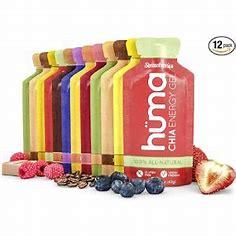

By: Dara Dhesi

Introduction
In the world of endurance, sports nutrition is a key and vital aspect of performance and training- and gels in this market stand out as a convenient alternative for a quick energy boost.

Vegan energy gels are items you can quickly digest They are mostly made of plant nutrients, and usually do not source from animas.
The main difference between vegan and non-vegan gels is its compositions as non-vegan gels may contain honey or gelatine in them whereas vegan gels contain products such as brown rice, honey, or natural fruits
People often think vegan gels are harder to digest, but they’re usually easier on the stomach than regular gels Vegan gels also have cleaner, more natural ingredients, making them a healthier choice They’re allergy-friendly and cater to various dietary restrictions, which is why many people are switching to them.
The EAT–Lancet Commission on healthy diets from sustainable food systems
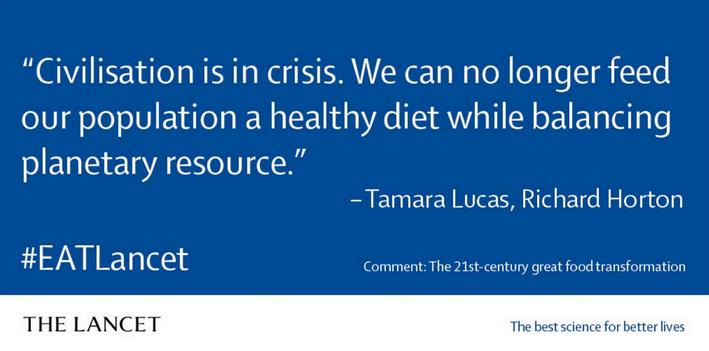
Food systems can support human health and environmental sustainability, but our current trajectories threaten both. The EAT–Lancet Commission aims to address this by outlining how to feed a growing global population sustainably, minimising damage to our planet.
The Commission defines a universal healthy reference diet, recommending increased consumption of vegetables, fruits, whole grains, legumes, and nuts, and reduced intake of red meat, sugar, and refined grains. This diet offers health benefits and aligns with Sustainable Development Goals. It also respects scientific boundaries within six Earth systems, helping sustain a healthy planet.
For more information visit: https://eatforum.org/eat-lancetcommission/
We have printed some summary copies of the report and left them in House spaces and in the quads.
